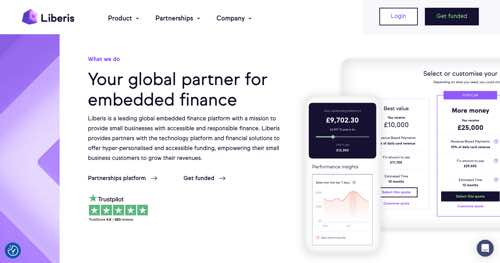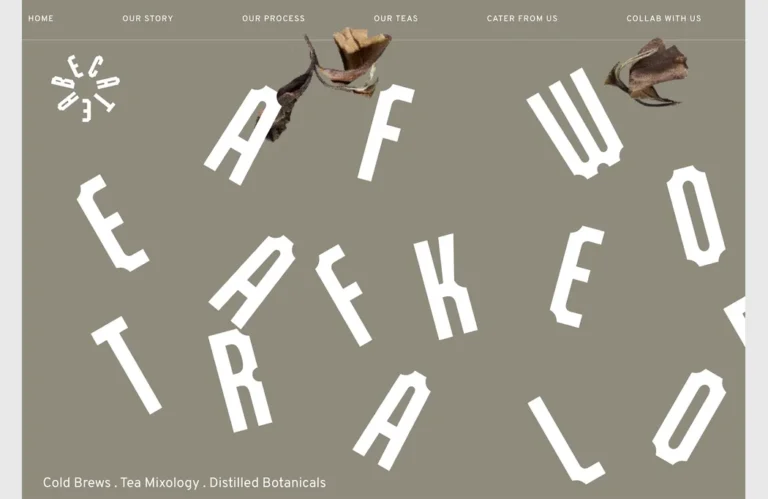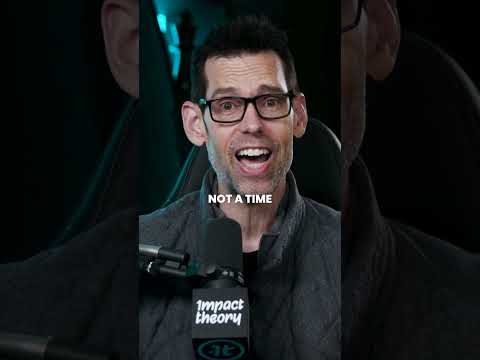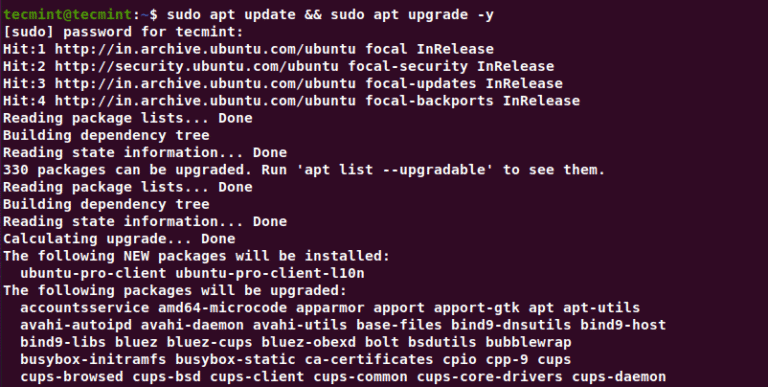
Patrick Coddou’s entrepreneurial journey is impressive. In 2015 he launched Supply, a direct-to-consumer seller of razors and shaving goods, and then sold the business in 2022. He conceived the idea, hired staff, scaled revenue, and exited profitably.
His journey is incomplete, however. His talents apply to seemingly any industry, but his identity for years was tied to Supply. He’s now adjusting and charting his next moves.
Patrick is among the most popular guests on this podcast, starting in 2020 and followed by appearances in 2021, April 2022, and October 2022. In this recent conversation, he shares his post-Supply life, the emotions of stepping away, and looking forward.
Our entire audio is embedded below. The transcript is edited for length and clarity.
Eric Bandholz: Update us on what you’ve been up to.
Patrick Coddou: It’s been quite a journey. I was the founder and CEO of a shaving company called Supply, which I sold a little over two years ago. After the sale, I stayed with the company for about a year, running the business and seeing it grow. I’m currently the head of marketing at a snow ski startup called M1 Skis. It’s been a bit of a roller coaster, but in a good way.
Bandholz: You took a step back from social media, particularly X. Why?
Coddou: After the sale, I hit burnout. I didn’t consciously decide to leave X — I just stopped engaging. Burnout comes with apathy and disinterest in things that once excited you, and X was one of those things. I stayed involved with Supply for a year after the sale, though, and it was productive. We doubled our top- and bottom-line numbers.
I had built a strong team, especially a capable head of marketing, Trace Crawford, who took a lot off my plate. As the year progressed, I became more of a leader and less of a doer, which helped me navigate the burnout. That was a big part of the transition.
Bandholz: How does leadership change when you stop doing everything yourself?
Coddou: It helped that I no longer had ownership, so I didn’t carry the same emotional weight. However, I was still financially motivated, as an earn-out was tied to the business’s performance. That allowed me to guide the team without micromanaging. They knew what needed doing, and I let them figure out how. Our team was solid; no one left that year, and the company continued to perform well.
Bandholz: You’re now outside of Supply. How has your perspective changed?
Coddou: My earn-out ended in August, but I had already stepped away from day-to-day operations a year prior. Trace took over as CEO, and I stayed on as a consultant. My role now includes filming ads and offering strategic advice. I have zero regrets about selling the business — it was the right move for me, my family, and the company.
But stepping away did force me to confront my identity. I hadn’t realized how much of my self-worth I tied to being the “razor guy” until that was gone. After the sale, I experienced a sense of joy, followed by a profound period of questioning and even depression. After the burnout, I felt lost, unsure of what I wanted to do next, and hesitant to return to ecommerce.
Bandholz: Why do entrepreneurs feel unfulfilled after selling their business?
Coddou: Many entrepreneurs believe that selling their business will bring happiness, but that’s rarely true. I attended the Main Street Summit, where we discussed how money, success, and fame don’t bring joy.
I’ve realized that selling Supply has brought me financial comfort and freedom but didn’t provide lasting happiness. Work is essential for finding joy and purpose, and I’ve come to appreciate that I need to be building something, whether a business or a personal project, to feel fulfilled.
Bandholz: Tell me about your role at M1 Skis. Was this a deliberate direction or an opportunity that fell into your lap?
Coddou: It was a bit of both. I’m running marketing for M1 Skis, a startup in its early stages. When I joined, there was almost no public awareness of the company. I’m responsible for building the brand from scratch, which I love doing. I work part-time, remotely, and for a friend. It’s a perfect fit. Initially, I hesitated to return to work, but this opportunity was too good to pass up.
Bandholz: How do you approach marketing for M1 Skis compared to Supply?
Coddou: The marketing strategies are surprisingly similar. At Supply, we sold high-end razors, which required educating customers about why they should invest in a more expensive product than competitors. It’s the same challenge with M1 Skis.
Unlike anything on the market, we make our skis from solid aluminum. They’re more expensive than traditional skis, and people are skeptical about the technology. My job is to explain why our product is worth the investment and build customer trust through education and engagement.
The experience has been great. I get to focus on the things I enjoy — like building the brand — without dealing with the headaches of payroll or invoices. The best part is that I don’t lose sleep like I did with Supply. I’m still invested in M1’s success, but it doesn’t consume my thoughts 24/7. I can fully check out when I’m not working, which is a huge relief.
Bandholz: Could you envision starting another business?
Coddou: I could, but I would approach it very differently. I would create a small, manageable business with minimal stress. Something that aligns with my lifestyle, even if it means making less money. It would be niche, high-margin, and not reliant on constant social media or inventory management. I want a business that works for me, not one that adds unnecessary complications to my life.
Bandholz: You’re advocating for simplicity.
Coddou: Exactly. The complexity of Supply became overwhelming. We used 30 apps on our Shopify store and multiple social media channels. It was a lot to manage. At M1 Skis, I’ve kept things simple. We’re using Shopify Email instead of a more complex service like Klaviyo, and I haven’t installed any extra apps. This approach allows me to focus on building a great product and telling its story.
Bandholz: Where can people buy these skis and reach out to you?
Coddou: M1skis.com. I’m on LinkedIn and X.






